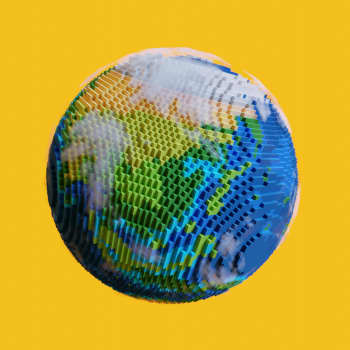How are we really doing?

The world is changing fast, in ways that affect our jobs, health, environment, and futures.
In 2015, every country in the United Nations agreed to work together for a better world for everyone in 2030 by adopting the Sustainable Development Goals (SDGs).
We're now past the halfway point. Every July, the High-Level Political Forum on Sustainable Development (HLPF) brings together governments, experts, and UN leaders to review global progress towards the SDGs, which makes this the perfect time to ask – how are we really doing?
In preparation, the UN Secretary-General António Guterres has released a progress report on the SDGs that will help shape discussions at the HLPF.
We’ve pulled out highlights from the five goals being reviewed this year — SDG 3 (Health), SDG 5 (Gender Equality), SDG 8 (Decent Work), SDG 14 (Life Below Water), and SDG 17 (Partnerships) — and made a quick overview of how they're progressing.
Think you can guess how the world’s really doing? Read the questions, make a note of your guess, and keep scrolling to reveal which goals are on track — and which ones have gone off the rails.
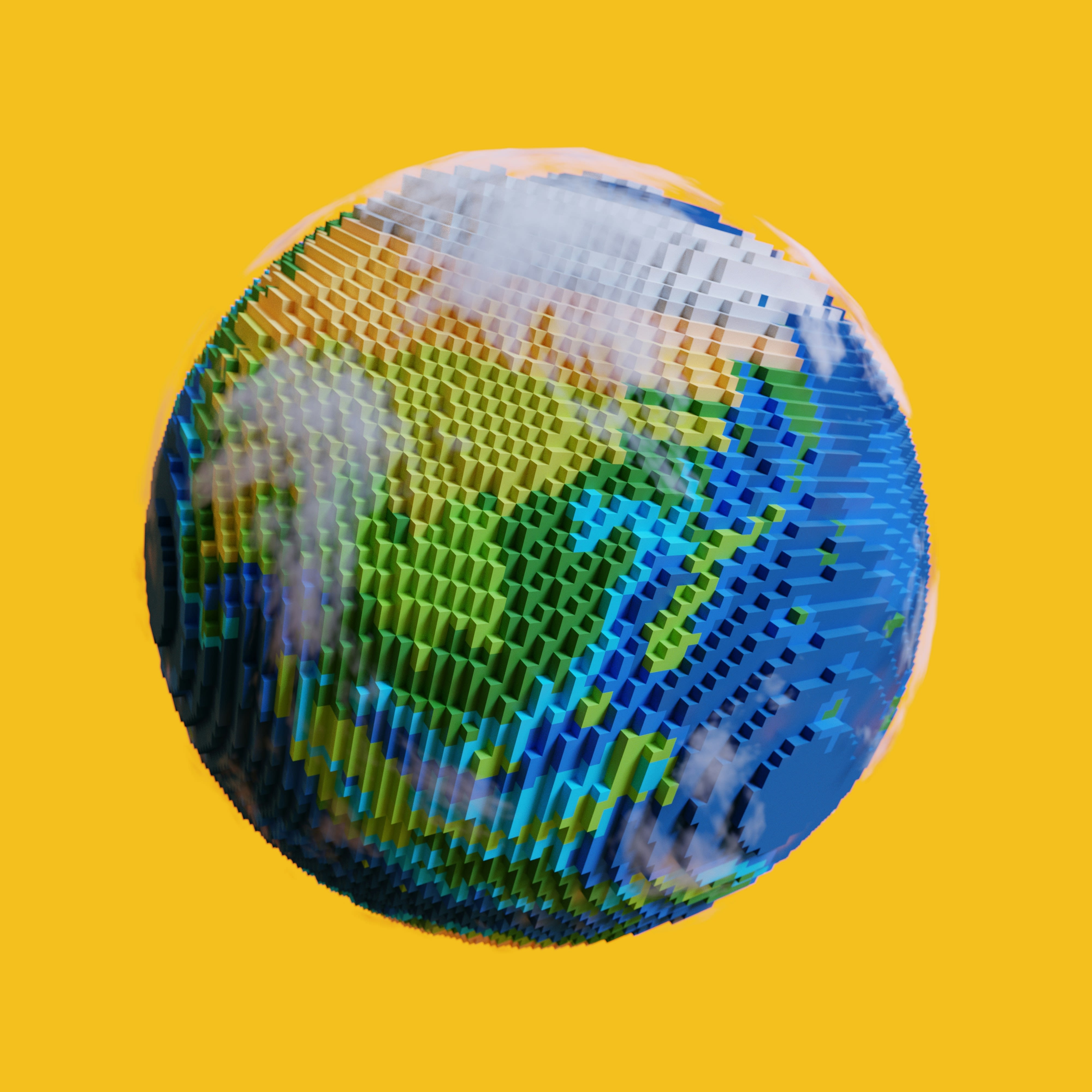
💊 SDG 3: Good Health and Well-being
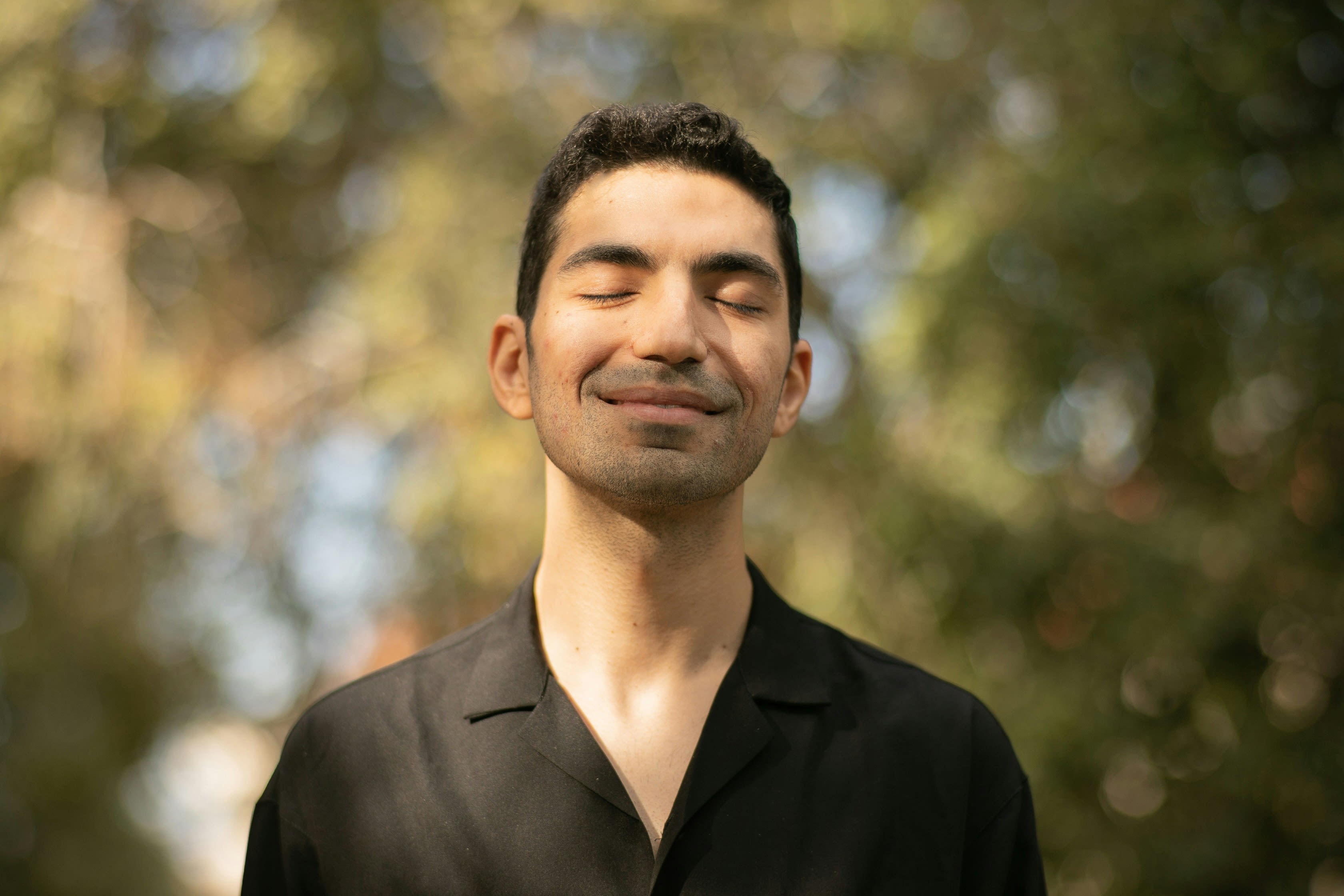
SDG 3 aims to make sure everyone, everywhere can live a healthy life.
That includes reducing maternal and child deaths, ending epidemics like HIV and malaria, expanding mental health care, and achieving universal access to affordable, quality healthcare.
🩺 How are we doing on global health?
💚 Crushing it – lives are being saved left and right
😌 Kinda okay – some wins, some misses
😬 Meh – progress is way too slow
😷 Total chaos – it’s all going wrong
What the data says:
Maternal deaths dropped from 228 to 197 per 100,000 since 2015 — but still far from the 2030 goal of less than 70.
87% of births are now attended by skilled health personnel — up from 80% in 2015.
9.3 million people with HIV are still not receiving treatment – that’s 23% of all people living with the disease worldwide.
8.2 million people were newly diagnosed with tuberculosis in 2023 – the highest number for a single year since records began.
Answer:
😌 Some wins, some misses.
We’ve made huge gains in saving lives — especially for mothers and children — and major diseases like malaria are in decline. But access to care is still unequal, and millions are missing out on essential treatment and support.
Two reasons for hope:
Since 2000, 2.2 billion malaria cases and 12.7 million deaths from communicable diseases have been prevented.
Under-5 deaths fell from 6.2 million to 4.8 million since 2015.
SDG 5: Gender Equality

Barbie lived in a land where women could be anything, from president and diplomat to journalist and astronaut. But when she came to our world, she stumbled across a harsh reality: It’s not always that simple. In the real world, Barbie would have to wait 47 years for women to be represented equally in national parliaments. She would be long gone before seeing equal representation in workplace leadership roles (which could take 140 more years!)
That’s exactly why SDG 5 was created – to make sure that gender equality is a reality for girls and women everywhere. SDG 5 is all about empowering girls and women, ending discrimination, stopping gender-based violence, and ensuring everyone has equal rights, opportunities, and the freedom to make their own choices. Whether it’s going to school safely, pursuing dream jobs, or leading entire countries, SDG 5 is about removing the barriers that hold girls back—so no girl ever has to wait to achieve her dreams.
Is the world finally getting serious about gender equality?
💪 Totally – women are smashing glass ceilings
👏 Slowly but surely – still a way to go
😬 Not really – still stuck in the past
😡 Nope – it’s 2025 and we’re still failing women
What the data says:
In 2023, 60% of the countries failed to have laws defining rape based on the principle of consent
Women and girls do 2.5x more unpaid domestic and care work than men.
Women’s representation in management reached 30% in 2023. It will take almost 100 years to reach gender parity in managerial roles.
58% of countries lack adequate legal protections for women’s land rights in family, inheritance, and land laws.
Answer:
😡 We’re still failing women.
Despite decades of work, women and girls still face major barriers — in politics, pay, safety, and opportunity. But some countries are making real progress. If they can do it, so can the rest.
Two reasons for hope:
Child marriage is declining worldwide, with particular progress in Southern Asia.
Women now hold 35% of local government positions, a new high.
SDG 8: Decent Work and Economic Growth
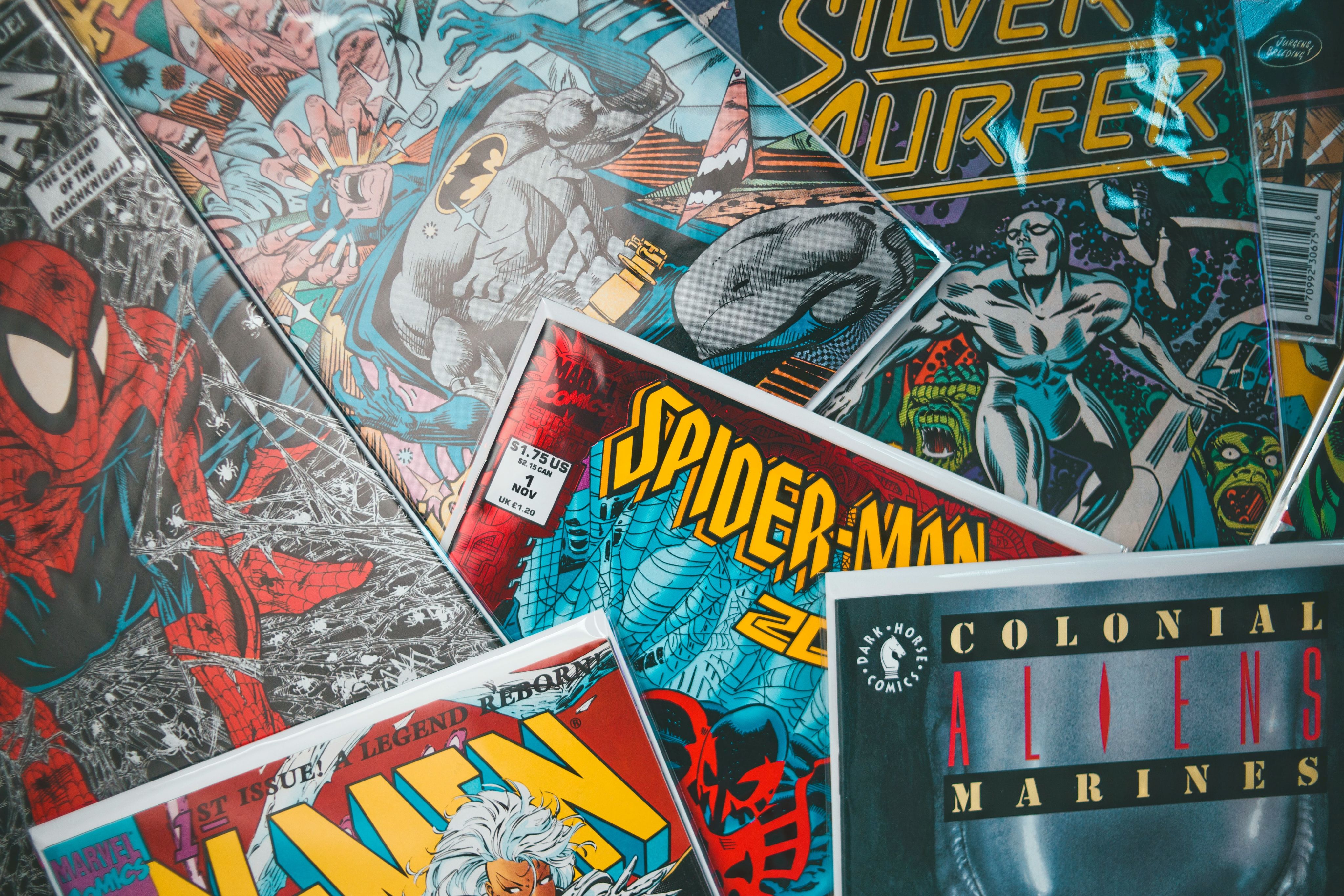
Imagine Spider-Man, saving New York City every day – but behind the mask, Peter Parker still struggles to pay rent or keep a steady job. Swinging from buildings doesn’t pay the bills, and neither does gig work with zero stability. In today’s world, many young people face job insecurity, poor working conditions, and economies that aren’t designed for the future they’re stepping into. And with AI reshaping jobs faster than a speeding subway, the challenge of securing decent, meaningful work grows even tougher.
That’s exactly why SDG 8 matters. It’s about building economies that provide fair, secure jobs and opportunities for everyone – especially young people. SDG 8 aims for inclusive economic growth, safe working conditions, protection of workers’ rights, and support for entrepreneurship, creativity, and innovation. It also recognizes the challenges and opportunities that AI and automation bring, pushing for strategies that prepare young people for the jobs of tomorrow. Because no one – not even Spider-Man – should have to save the world and still worry about making ends meet.
💼 How’s the world doing on decent work?
📈 Booming – unemployment is way down
😐 So-so – a bit better, but patchy
😓 Not great – too many people left out
💥 Total chaos – no one can find decent work
What the data says:
Global real GDP per capita grew modestly over the decade, rebounding after a sharp 3.8% drop in 2020 due to COVID-19.
1 in 5 young people are still not in employment, education or training.
The global average compliance with labour rights deteriorated by 7% from 2015 to 2023.
57.8% of workers are in informal jobs, with no protections.
Answer:
😐 So-so – progress is patchy.
Unemployment is down — but inequality is still up. Many young people are not in work, education, or training, and most jobs lack protections. If we want decent work for all, we need big investment in youth skills, social safety nets, and labor rights.
Two reasons for hope:
Internet access has soared — from 40% in 2015 to 68% in 2024 — creating new job and training opportunities.
Global unemployment fell to 5.0% in 2024 — a record low.
SDG 14: Life Below Water

Remember Ariel, the Little Mermaid, who dreamed of exploring life above water? If she swam to our oceans today, she’d find more plastic bags and soda bottles than hidden treasures. Instead of vibrant coral reefs, she’d encounter bleached, dying habitats struggling to survive. Our oceans are facing serious threats like plastic pollution, overfishing, and climate change – and marine life is paying the price.
That’s why SDG14 is so important. It’s all about protecting and restoring life below water. SDG 14 focuses on cleaning up our oceans, protecting marine ecosystems, ending destructive fishing practices, and reducing pollution. Because just like Ariel taught us, the ocean world is full of beauty, wonder, and life – and it’s up to us to protect it before it’s too late.
🐠 How are the oceans doing these days?
🌊 Thriving – fish are back, corals are glowing
🐢 Getting better – slow recovery
🐟 Still overfished but holding on
💀 Yikes – oceans are in real trouble
What the data says:
Overfishing is an increasing threat. 37.7% of fishery stocks are overfished — up from 35.4% in 2019.
Ocean acidification is accelerating, driven by rising CO2 emissions, threatening marine ecosystems.
Small-scale fisheries and marine protected areas need much stronger enforcement and support.
Illegal, unreported and unregulated fishing continues to threaten the sustainability of global fisheries.
Answer:
💀 Oceans are in real trouble.
The ocean is facing a crisis — but not a lost cause. Overfishing and pollution are rising, but new tools, science, and protections are scaling fast. There’s still time to turn the tide.
Two reasons for hope:
Over 600 marine monitoring stations now track acidification, up from 178 in 2021, making for stronger reduction strategies.
126 countries are now using Marine Spatial Planning to better manage and conserve ocean areas.
🤝 SDG 17: Partnerships for the Goals
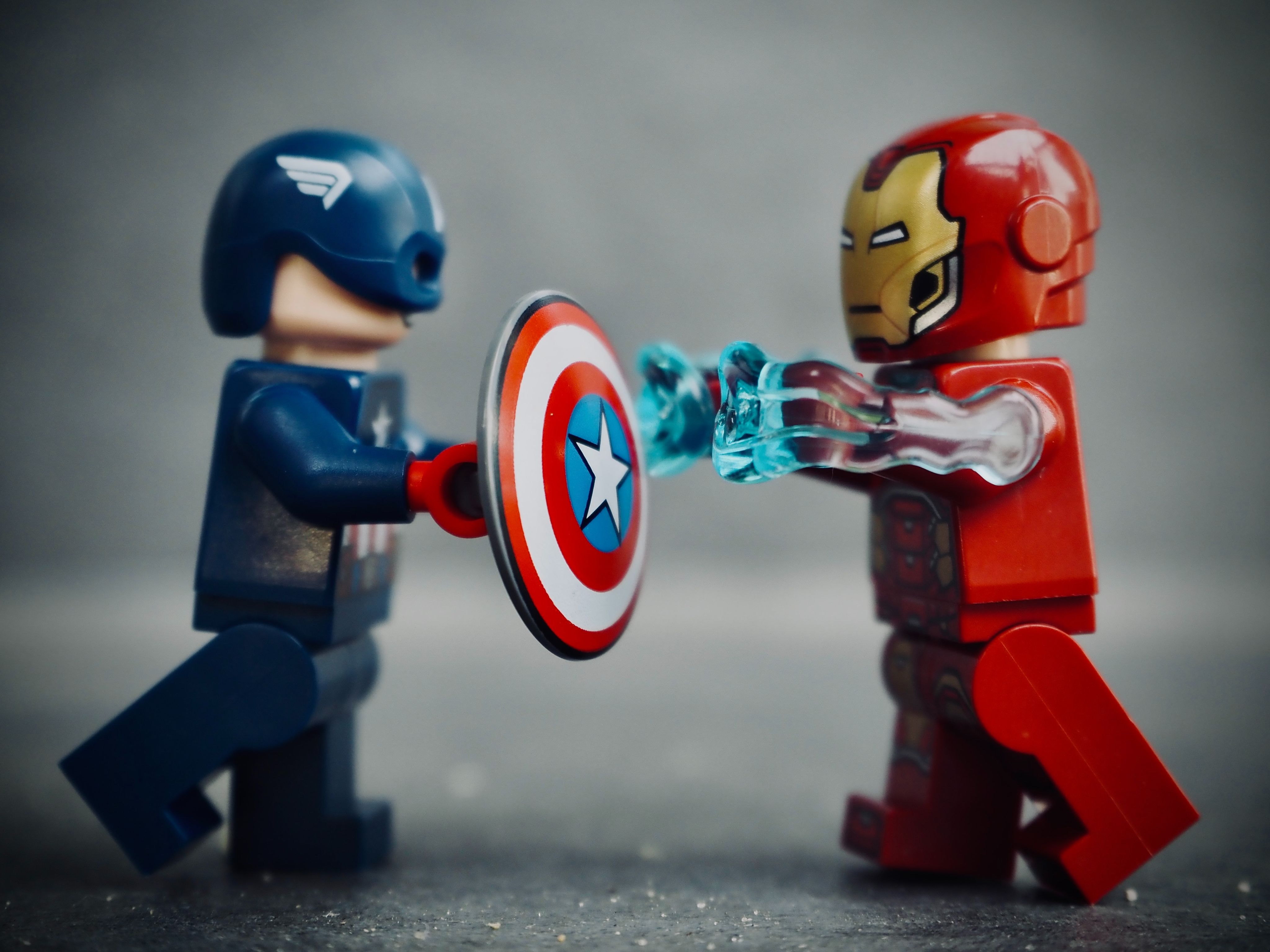
Think of the Avengers – Iron Man, Captain America, Black Panther, and the rest – each one powerful alone, but unstoppable together. When facing big threats, they knew that working solo wasn’t enough. To tackle the world’s biggest challenges, we need that same superhero teamwork between countries, businesses, communities, and young people everywhere.
That’s exactly what SDG17 is all about: building strong global partnerships to achieve all the SDGs. It’s about rich countries supporting poorer ones, sharing technology and knowledge, mobilizing resources, and making sure everyone works together towards a better future. Because just like the Avengers, we’re stronger when we unite – collaboration is our real-life superpower.
🌍 Are world leaders actually working together to make the SDGs happen?
🤝 Totally – global teamwork in action
😎 Kinda – a few cool collabs happening
🤷 Eh – not enough money or support
😩 Nope – big promises, tiny delivery
What the data says:
The number of SDG-related investments declined 11% in 2024. Infrastructure, agrifood systems, and water and sanitation are now receiving less international financing than in 2015.
Official Development Assistance (ODA) dropped 7.1% in 2024, threatening vital humanitarian support for refugees, victims of war, and others
Interest payments jumped 37.1% for low- and middle-income countries – an all-time high.
$4 trillion extra is needed per year for SDG achievement in developing countries.
Answer:
😩 Big promises, tiny delivery.
Global partnerships are falling short, with cuts to aid, rising debt costs, and declining investment in critical sectors. But progress is possible — more people are connected than ever before, and transparency is improving as more countries share open data.
Two reasons for hope:
68% of the global population is now online, up from just 40% in 2015.68% of the global population is now online, up from just 40% in 2015.
More countries than ever now publish open data — helping improve transparency and accountability.
🧠 Final Score? Mixed.
We’re past the halfway mark to 2030 and still way off track.
Last year the United Nations published a report revealing that only 17 per cent of the SDG targets are currently on track, with nearly half showing minimal or moderate progress, and over one-third stalled or regressing.
There is progress: fewer child deaths, growing internet access, better prevention of communicable diseases – but it's not enough. We're still failing on gender equality, decent jobs, healthy oceans, and global cooperation.
The good news? There’s still time to turn things around.
The tools exist, and so does the knowledge. What’s missing is the political will and investment to match the promises.
What you can do
- Join the Engine Room to connect with others driving change — and help shape what happens next: ourfutureagenda.org/engineroom
- Follow @OurFutureAgenda for updates, ideas, and ways to get involved.
The clock is ticking — but the future’s still ours to shape.


